I recently got back into bulk loading 135 format film and as usual, fell short on reloadable cassettes. Since I don’t get into Vancouver too often, I decided to look online and there I found them, but then remembered that the old XP1 cassettes from ILFORD were reloadable and quite good quality as I recall.
It had been at least a few decades since I had used XP1, it was while I was a university student. When the winter semester finished in April, I would head off to Banff, Alberta to find a job for the summer in a community with a thriving tourist industry. Although salaries were meager, one thing about working in Banff is that I enjoyed any chance to get out into the beauty of the Rocky Mountains and photograph the Canadian landscape.
One summer, I found a job making photographs at a vintage costume studio in a mall on Banff Avenue. People could come into the studio and pick out a vintage outfit and have their photo taken. I believe it was a very simple Pentax 35mm camera I used loaded with ILFORD XP1 film, which is why I was familiar with this particular emulsion. After a photo session I would take the film to a nearby Kodak one hour lab where they had a special channel to print sepia prints from this film. Since it was a black & white film that could be processed in C41 chemistry it was quite convenient to work with and get sepia prints back to clients within a short period of time.
The next year and for a few more after that, I ended up working as a photofinisher at the Kodak lab where I had the vintage photos processed and printed.
Fast forward back to British Columbia in 2021 where I found some of this film online, but it was quite expired (1994) nevertheless, I reckoned that I could try it out and see if it would still record images and if not then I could at least use the cassettes to bulk load some film. However, as it turned out and unbeknownst to me – ILFORD changed the cassettes. These ones were permanently sealed and not the reusable type. Although disappointed, I did begin to experiment with the film to find the right way to properly expose it for making photographs. Well, the first roll was almost completely blank save for two images, one of white winter berries and the other of a barge working on the Fraser River.
I had rated the film at ISO 320 not taking into account the age of the emulsion and believe this to be the reason why the film came out as it did. Then on the 20 December 2021, I loaded a second 135 format roll into my Mamiya C330 Professional S camera. I was able to load a 135 film into a 120 film format camera by using a couple of adaptor pieces that fit on either end of the 135 cassette and then I just taped a 120 leader paper onto the 135 leader to guide the film through the camera. I figured if I’m going to experiment, I might as well try something different with the way I exposed the film and I really like working with my Twin-Lens Reflex camera. I am happy to say that I got images with the second roll – good images from the shoreline of Lac Alouette.
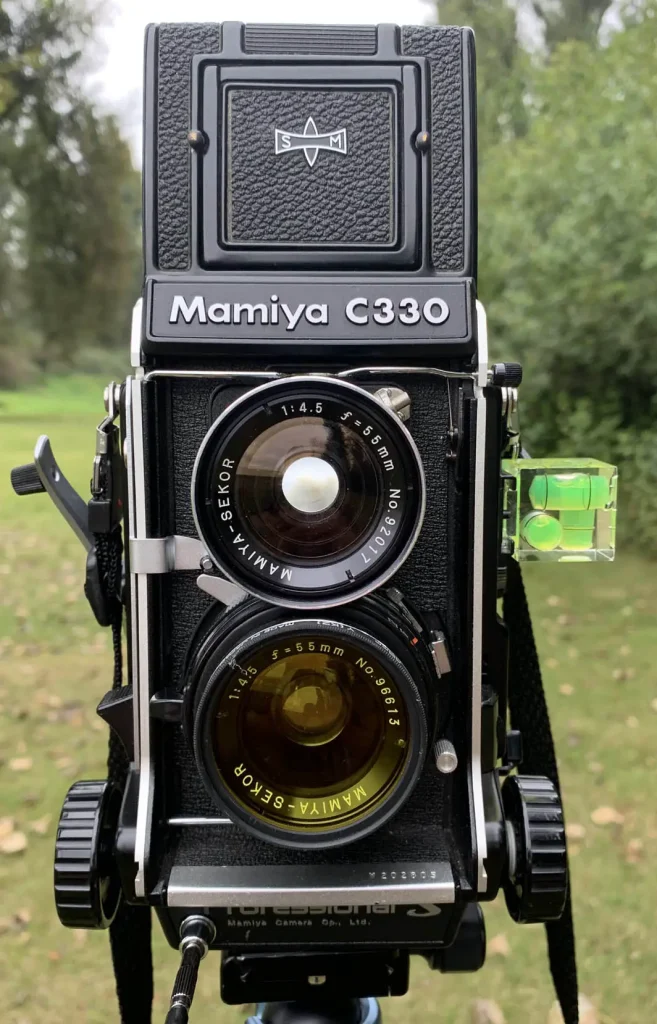
So, how was I able to finally get good results with this film? By taking into account the age of the film (which I keep frozen when not in a camera), I decided to rate it at ISO 80. I’ve heard it said that for expired film a rule-of-thumb is to reduce the ISO by one stop per decade. Since this film should have been processed some time in 1994 that places it at 27 years beyond the optimum processing date or roughly three stops, ISO 400 to 200 to 100 to 50, but I wanted to squeeze as much speed as possible so I thought ISO 80 wouldn’t make too much of a difference and I was correct. This turned out to be a wise decision because the images when metred at this setting really looked nice. However, I did bracket several images because I wanted to compare the over and under exposures and see how well the metred ones faired overall. I learned that XP1 has a nice tolerance for under and over exposure within about a stop. Most of the 12 exposures I made were in the f/16-22 range with shutter speeds ranging from 30 seconds to ¼ of a second depending on whether I was photographing in open sun (it was a cloudless day) or in the forest in open shade that was not at all bright.
I processed the film in HC-110 (1:49) for 10 minutes at 20°C and then followed my regular routine for the rest of the processing. Then I did a little finessing in post-processing to make the final Internet-ready images.
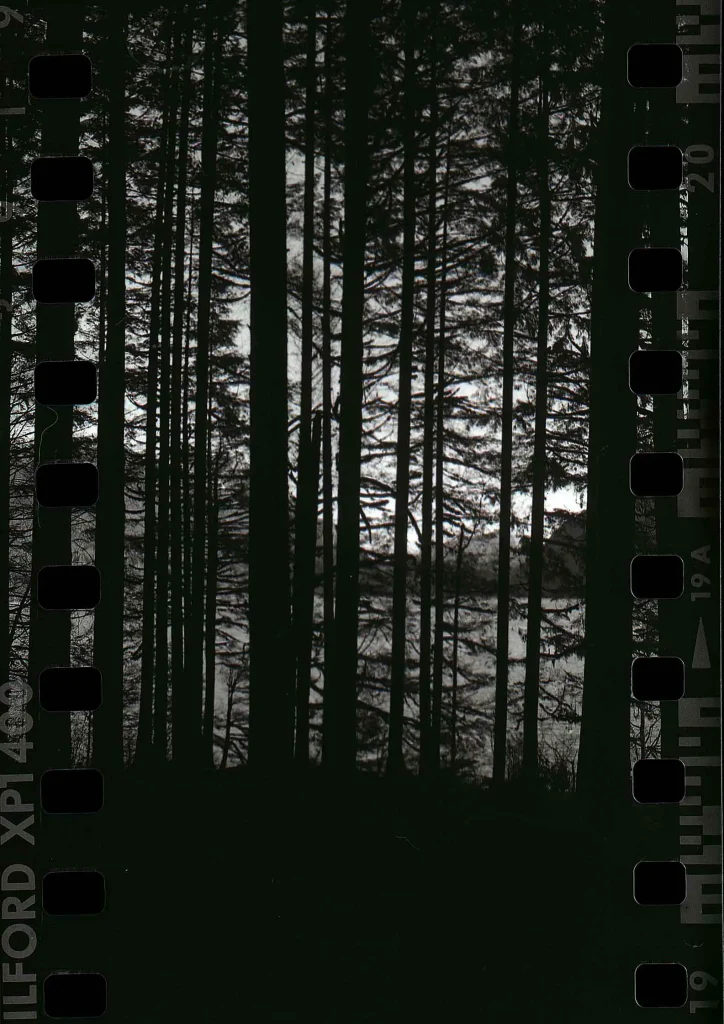
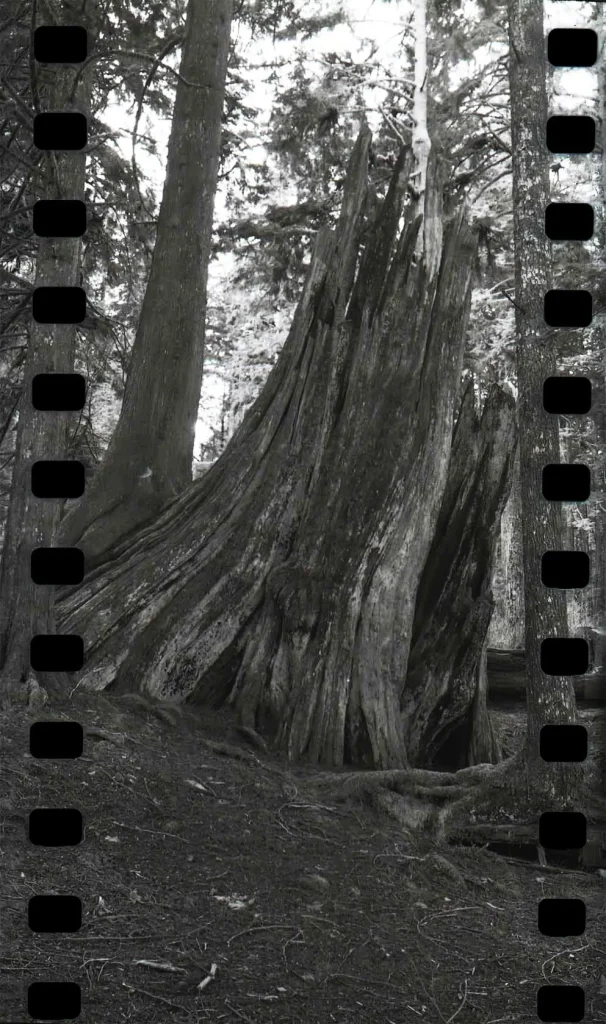
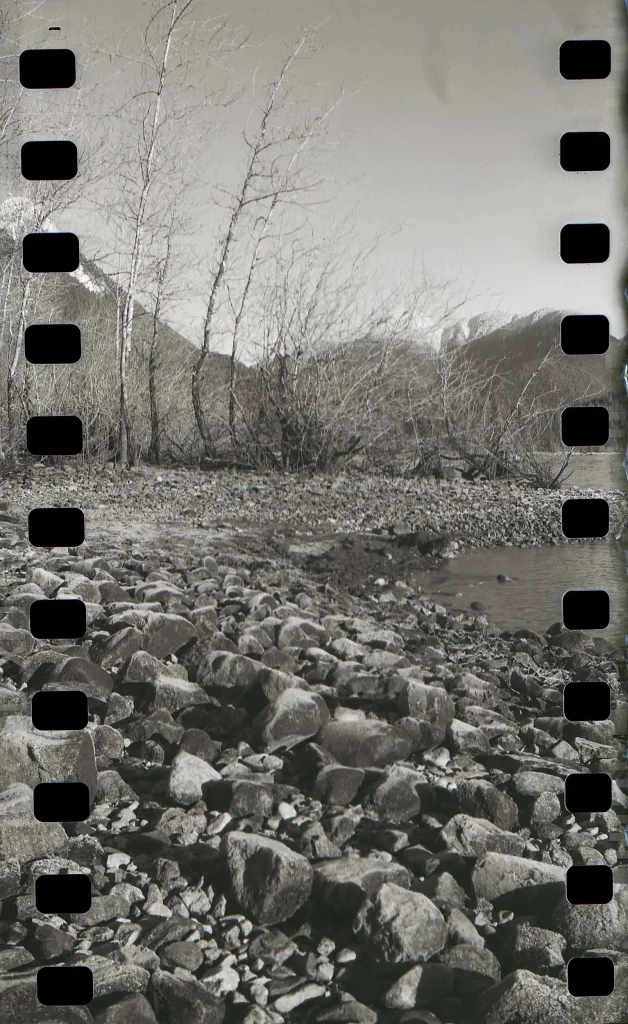
So now that I have my ISO rating for this film I look forward to more time exploring natural areas in the region.
Share this post:
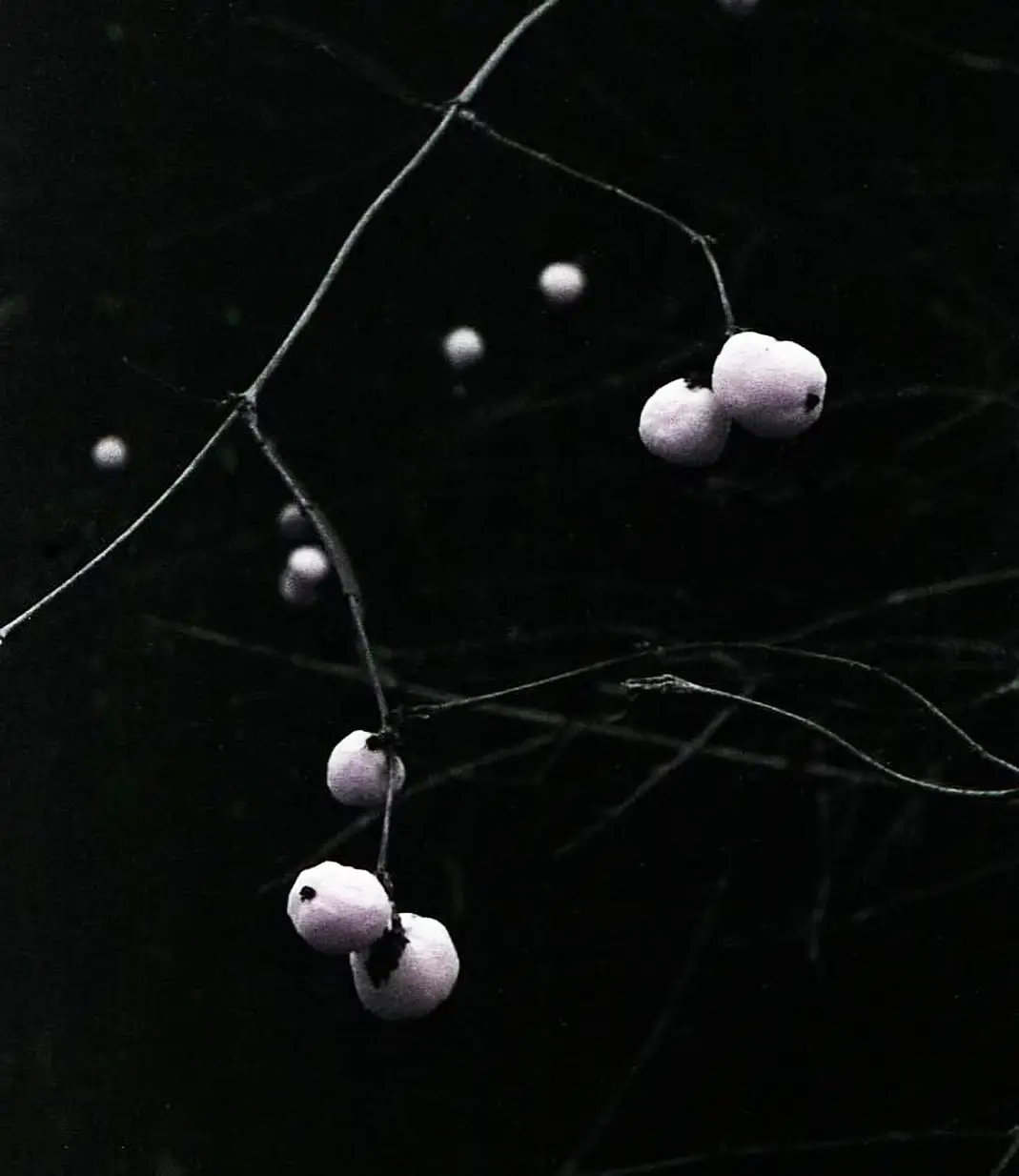








Comments
Neal Wellons on Ilford XP1 – Explorations with 28 Year Old Film – By Bob St-Cyr
Comment posted: 29/01/2022
You probably already know by now but you can bulk load using the newer sealed cartridges. I do it regularly. When you cut the film from the canister, just leave about 2cm sticking out. You can then use tape to attach the butt end of the fresh film to the tab. Then rewind it in the light a bit to make sure the taped part makes it into the cassette without binding. I've used blue masking tape but read a recommendation from FPP to try white artists' tape. I use it now and am very satisfied.
Thanks for the great article.
Comment posted: 29/01/2022
David Morgans on Ilford XP1 – Explorations with 28 Year Old Film – By Bob St-Cyr
Comment posted: 29/01/2022
Dan Castelli on Ilford XP1 – Explorations with 28 Year Old Film – By Bob St-Cyr
Comment posted: 29/01/2022
Nice article. I’ve seen other medium format photographers shoot 35mm (mostly Rollei & Rolleicord users.) I guess Rollei made adapters for this purpose.
I like the image going to the edge with the sprocket holes as part of the presentation. It has an authentic look - no cropping. What you see is what you get.
I switched to bulk loading just before the pandemic hit. I found Ilford style cassettes at Freestyle Photo in LA. New condition, reasonable prices. Check them out.
Comment posted: 29/01/2022
Phil on Ilford XP1 – Explorations with 28 Year Old Film – By Bob St-Cyr
Comment posted: 14/07/2022
Bob on Ilford XP1 – Explorations with 28 Year Old Film – By Bob St-Cyr
Comment posted: 03/08/2022
I cannot tell you how to process your film, BUT I can share with you what I did.
According to my processing notes I got good negatives at 20 degrees C for 10 minutes and at 10.5 minutes.
The developer was HC-110 (B)